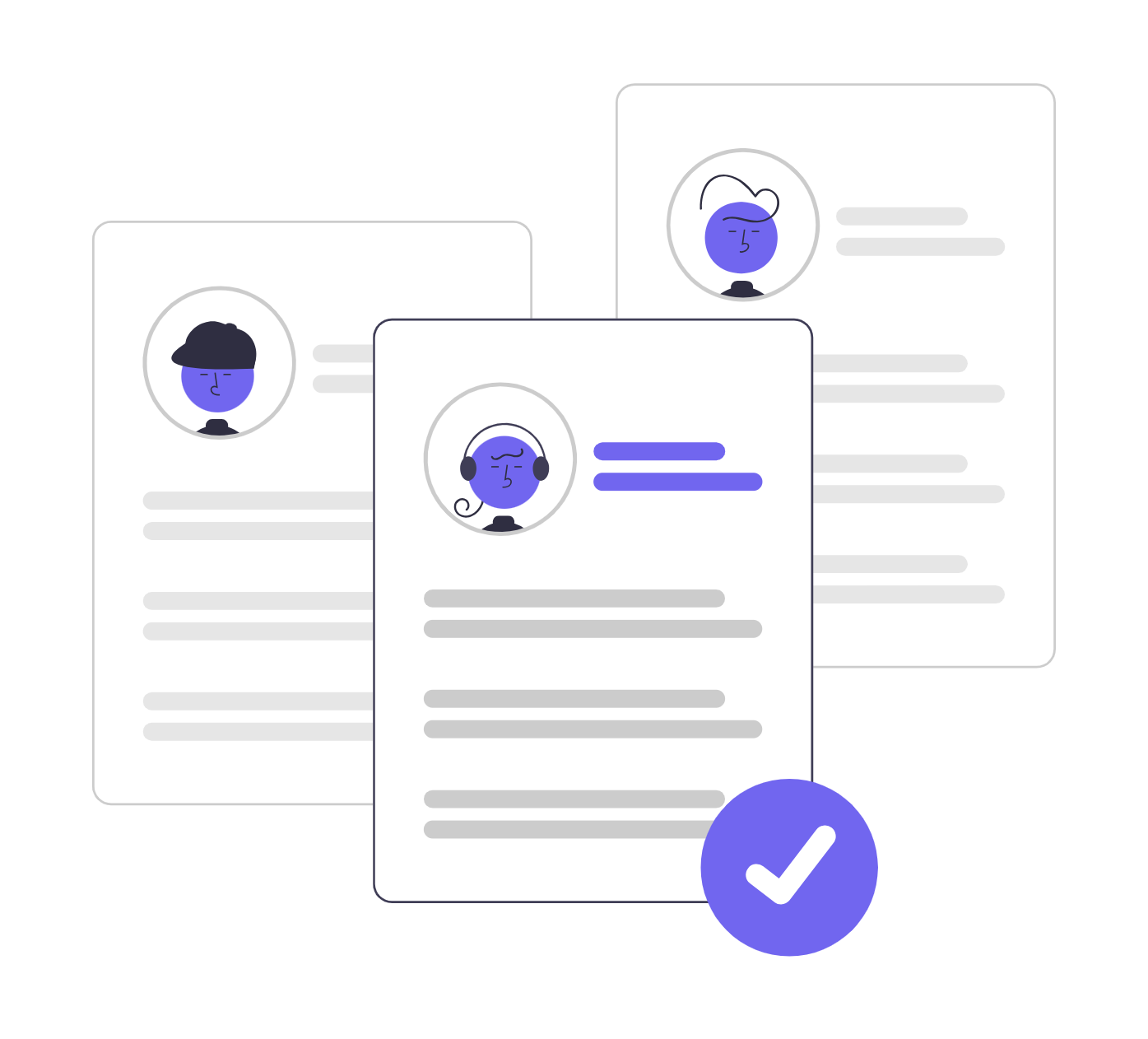Share
You post a job, and within hours, you have hundreds of applications that all sound polished, perfect, and suspiciously similar. You can’t tell who’s real and who’s faking it. If this sounds familiar, you’re probably right because most applicants today are using ChatGPT.
Here is what is happening
Unlike before AI, when recruiters had the upper hand in hiring, ChatGPT has made it very easy for candidates to fake qualifications they don’t actually possess.
- Some candidates are carelessly using ChatGPT to polish their applications and mirror your job post word-for-word, even when they lack the skills you need, just to game the system.
- Unfortunately, traditional ATS systems rely on keyword matching to score and rank applicants, but candidates are already using AI to polish their resumes to match those keywords. It ends up as AI judging AI, creating zero real value for everyone involved.
- To make it even worse, candidates are using ChatGPT to prepare for interviews. They generate potential questions, practice answers, and even ask ChatGPT to critique their responses. While using AI for preparation isn’t wrong, using it to fake expertise is.
So, what should you do to avoid hiring such candidates
- Screen for performance
Instead of relying on resume screening, you need a system that evaluates whether a candidate can perform beforehand. That is exactly what Workscreen does. It screens for seriousness, job alignment, relevant experience, job-specific skills, core qualifications, and critical competencies like attention to detail before your team ever looks at a resume or application. It also filters out unqualified candidates and gives you a shortlist of the best candidates worth your time.
- Ask the right questions in interviews.
Instead of asking generic questions like:
- “Where do you see yourself in five years?”
ask open questions about specific problems they solved, how they handled setbacks, or how they’d approach a scenario like:
- “Tell me about the last time you got negative feedback from your employer or a client.”
The first question is easy to fake, and ChatGPT can answer it easily, but the second question is harder to fake, as it revolves around memory, something ChatGPT struggles with.
Then, follow up naturally, like you’re chatting over coffee. You can ask layered questions like:
- “How did you handle this feedback?”
- “How were you feeling at that moment?”
- “What did you learn from the experience?”
From this approach, you’ll notice when someone’s truly thinking versus when they’re just repeating a polished, machine-fed answer. While a genuine candidate will give you detailed but messy responses, one relying on ChatGPT will sound so perfect or inconsistent.
So, if you’ve been struggling with candidates using ChatGPT to game the system, implement these strategies, and use Workscreen to hire top talent.


